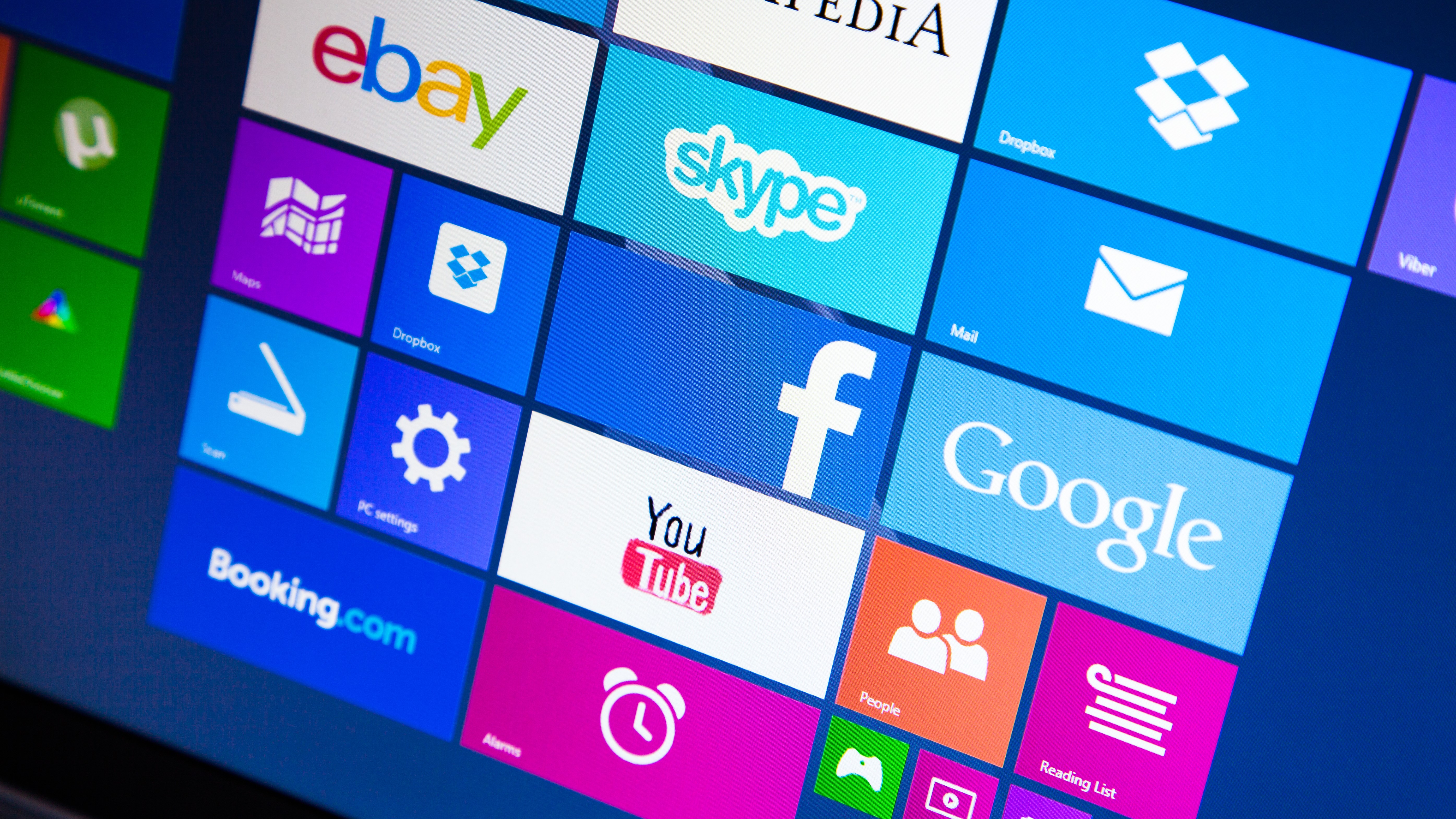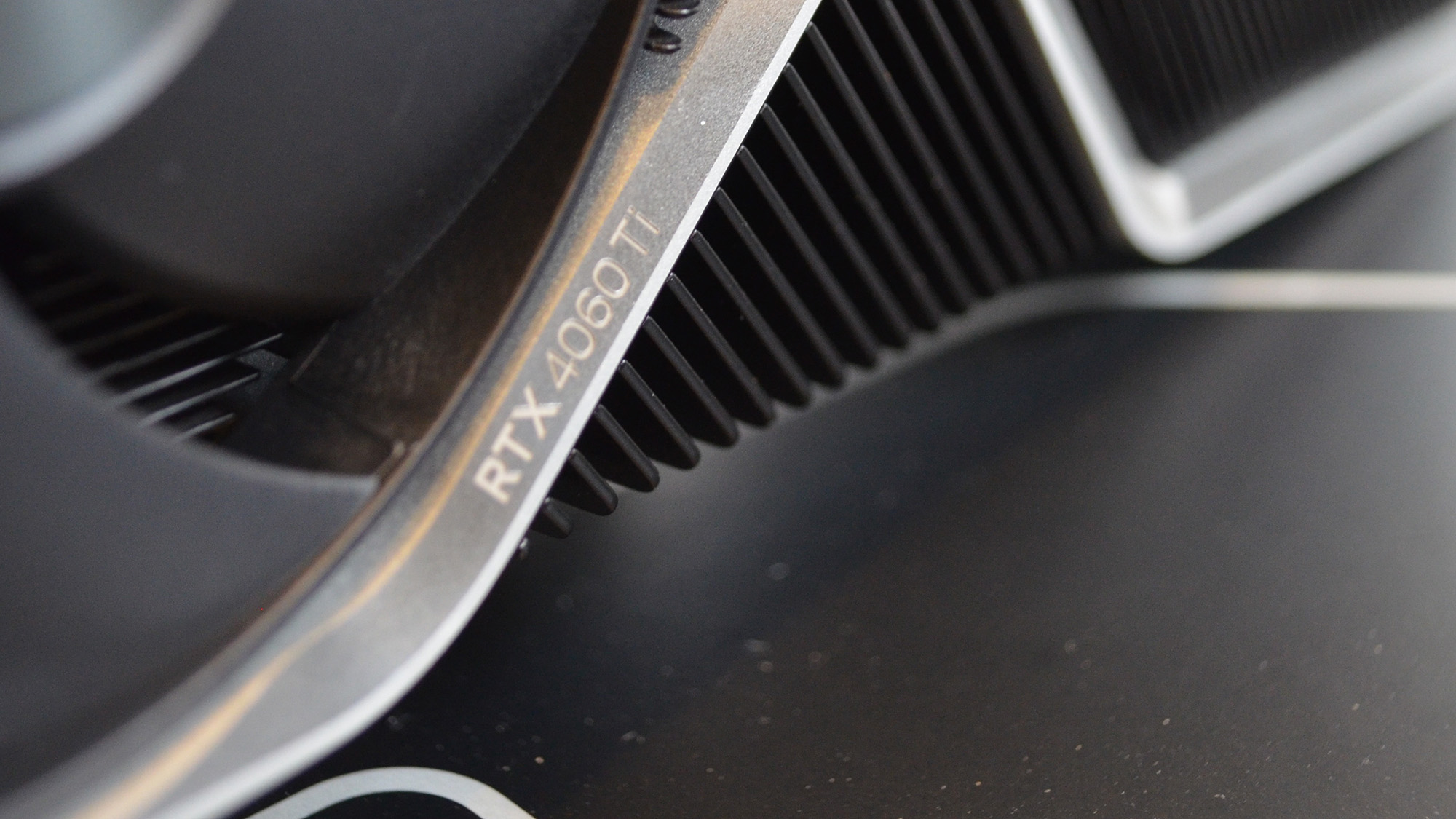<article>
<hr>
- Microsoft looks to be mulling a redesign for the Start menu
- We saw that last week, hidden in testing, and now we’ve caught a glimpse of what it looks like with the Phone Link side panel enabled
- This configuration of the Start menu takes up most of the desktop, but there’s a switch you can flick to change this
If you saw the major revamp that could be in the works for Windows 11’s Start menu – though note it’s still only hidden in testing – we’ve caught another look at it, this time with the Phone Link side panel active.
As a quick refresher, Phone Link is Microsoft’s app that hooks up your Android smartphone so you can use the device for various functions (texts, notifications, or even some apps) on the Windows 11 desktop. The mentioned side panel puts all the relevant details relating to your phone in a box, floating off to the right of the Start menu.
As you can see below, known leaker PhantomOfEarth on X has shown us what the Start menu redesign will look like with that side panel active (as highlighted by Windows Latest).
New Start menu, follow up: here's how Companions look, Phone Link one used for the demo. The companion panel is a bit wider, and you can now quickly hide/show companions with a button at the top, next to the search box. pic.twitter.com/hMS7E56KIuApril 4, 2025
The key point to remember here is that Microsoft’s proposed redesign makes the Start menu wider, which is part of a move to condense the layout from two separate sections to one, and accommodate this (all of this is in theory, of course).
Not only is the Start menu wider, as PhantomOfEarth makes clear, but the Phone Link panel is also a bit wider here, meaning that 75% (maybe even slightly more) of the desktop is obscured by this configuration of the Start menu. That’s pretty much the entire screen eaten up, in other words.
However, as PhantomOfEarth also points out in the above post (watch the video clip), there’s a button you can click to hide (or show) the companion panel. Meaning it only takes a click to retract this additional piece of the interface, and trim down the Start menu (although it’s still notably more expansive than it was before).

Analysis: Windows 8 flashbacks aside, the overall direction Microsoft is heading in feels positive
Does this bother me at all? No, in a word. As noted, you don’t need to have the side panel for the Phone Link app active. And, of course, there are a good deal more folks who don’t use this Android smartphone hookup than the people who do use it – actually, I’d like to know what kind of percentage usage Phone Link has. I don’t have this app set up for now, but I’m mulling it over and will likely take the plunge in the future.
Still, for those who are in this scenario where the Start menu unfurls to cover most of the desktop, is that even a problem? Again, not for me. I guess the unfortunate aspect here is that it sort of feels like a full-screen Start menu in some ways, and that might give some users flashbacks to the days of Windows 8 (which had an actual full-screen Start menu – well, technically it was a Start screen, one that nobody really used or liked).
But again, you can just disable the Phone Link panel if the new layout bugs you that much. Besides, I must underline (strongly, in bold red pen) that this work on the Start menu redesign – which also comes with a huge, red tick, in the form of an option to turn off Microsoft’s recommendations – is not even in testing yet. It’s hidden in the background of preview builds, so nothing may happen with all these concepts. Or, if they are realized, Microsoft might implement them differently from what we see here.
All that said, the changes happening hidden away in the background do seem to be relatively polished – given their totally unofficial status – and this is one to keep an eye on.
Rest assured, though, that the idea very much appears to be to give Windows 11 users more control over what they see in their Start menu, including taming it from any excesses of expanding across the whole desktop in certain scenarios. And that has to get a big thumbs-up, surely?
You may also like...
- Windows 11 is getting a very handy change to the taskbar, as Microsoft takes a leaf from Apple’s Mac playbook
- Microsoft looks to be making a big change to how you install and log in to Windows 11 – and I’m not happy about it at all
- Windows 11’s latest patch declares war on BIOS updates for some Lenovo laptops, blocking them as a security risk in a bizarre turn of events
</article>






